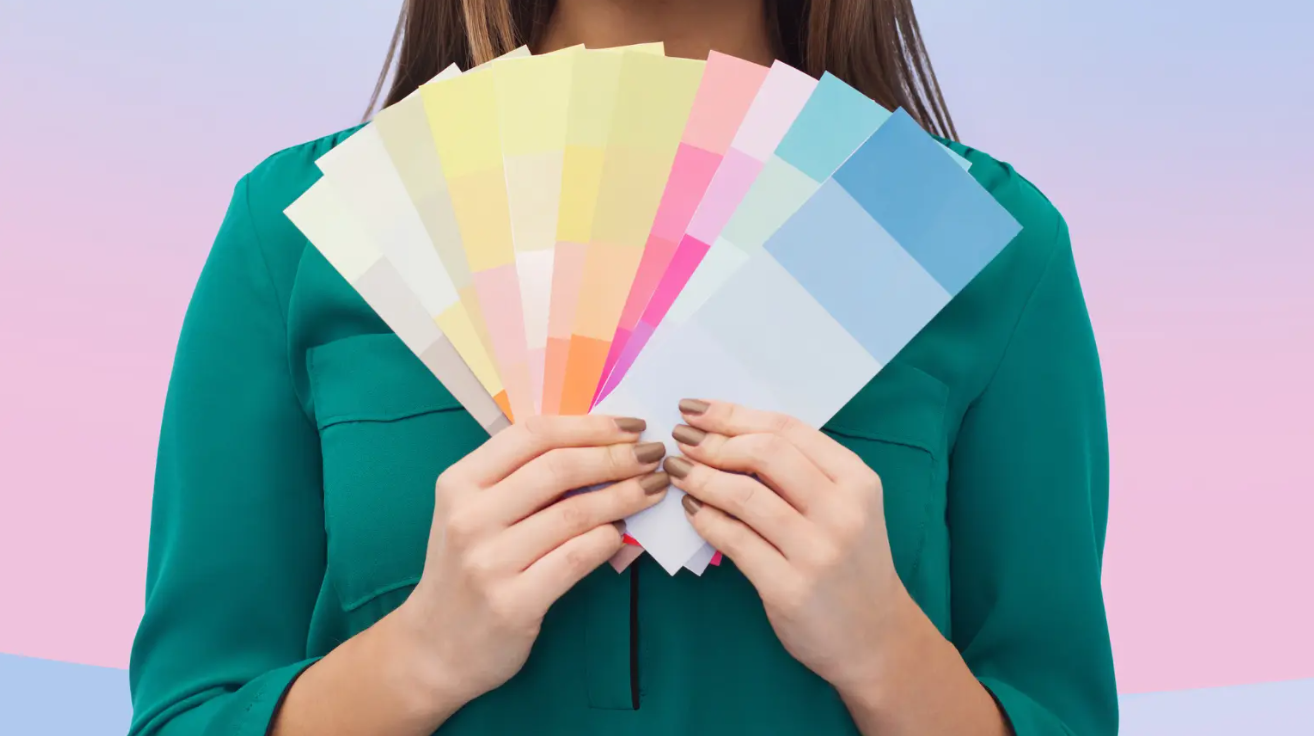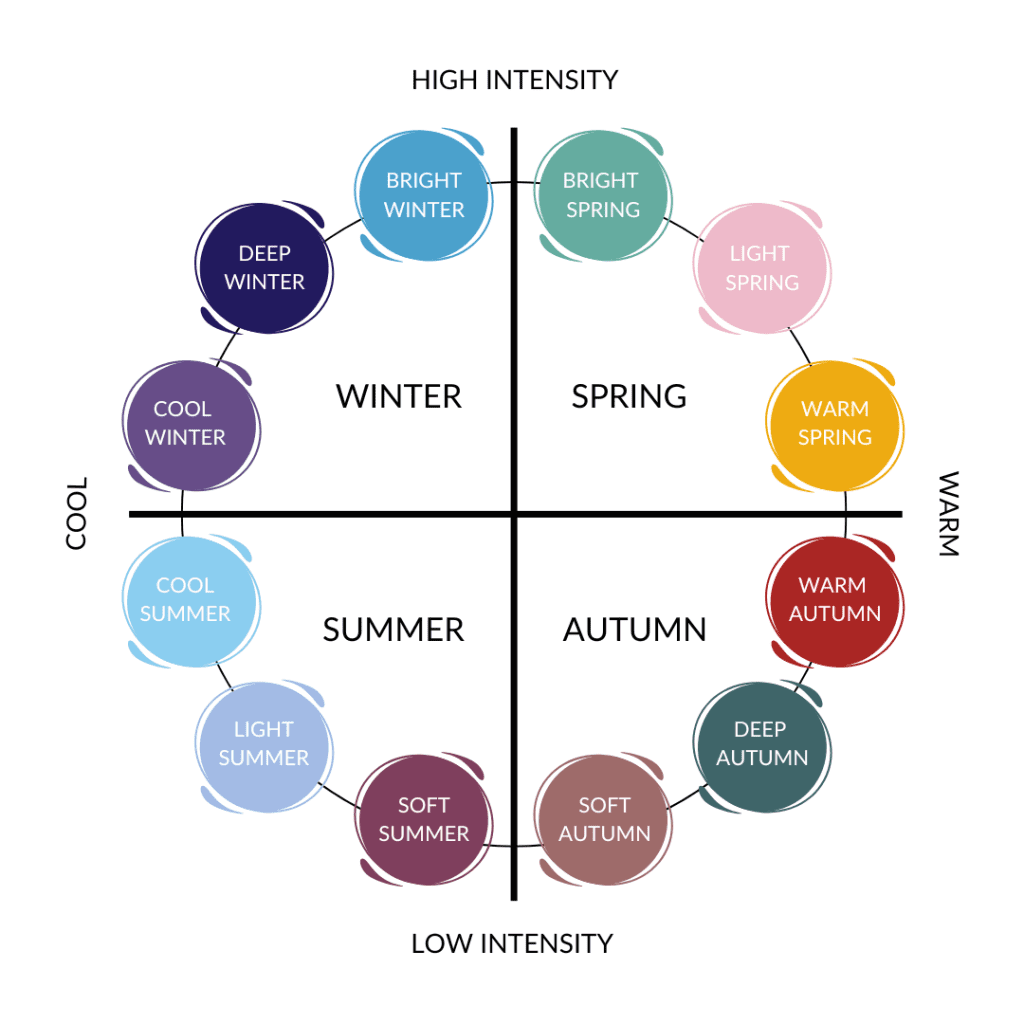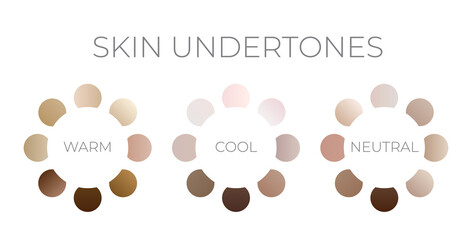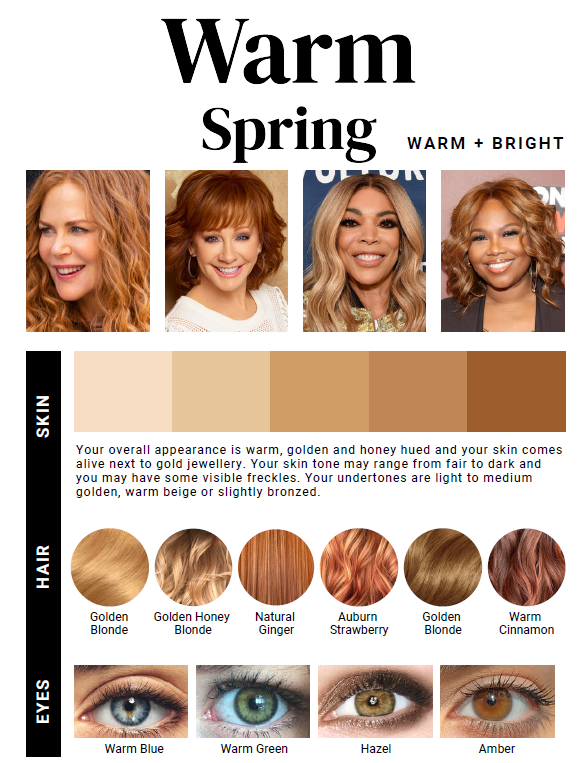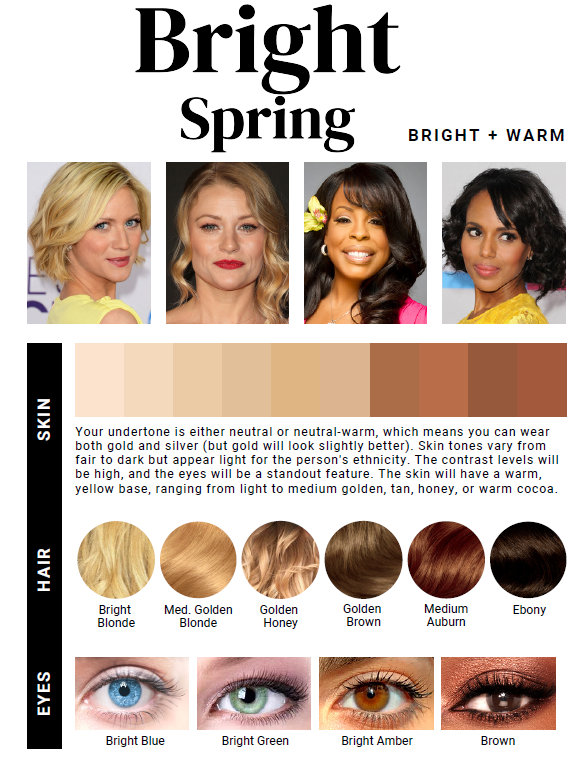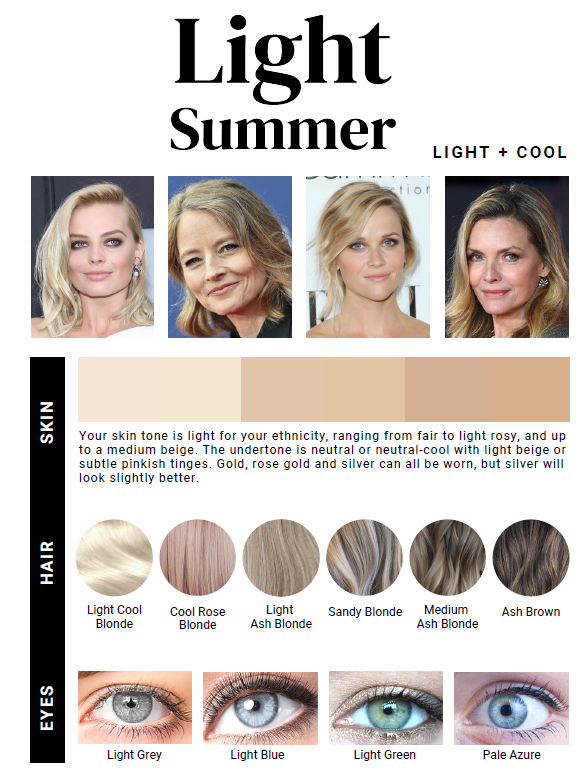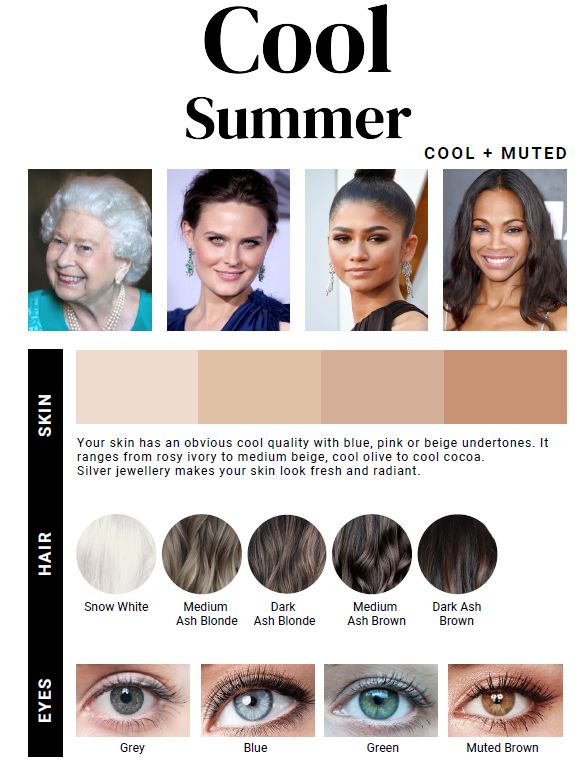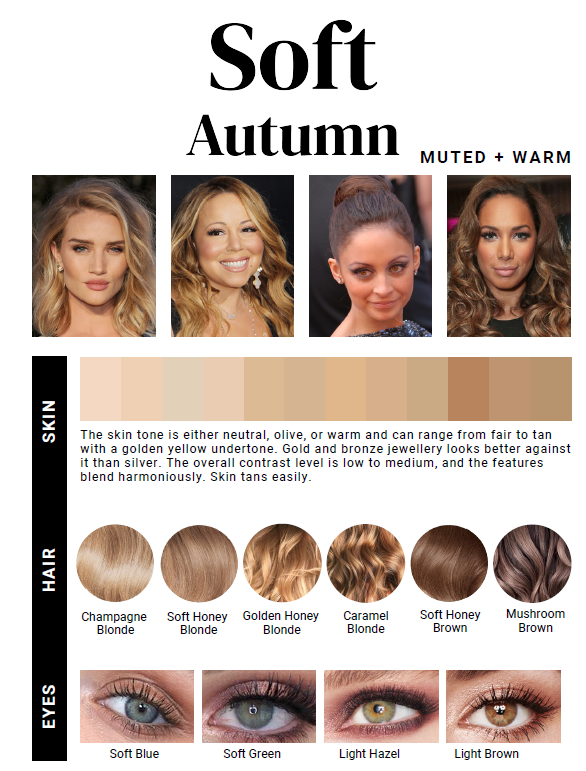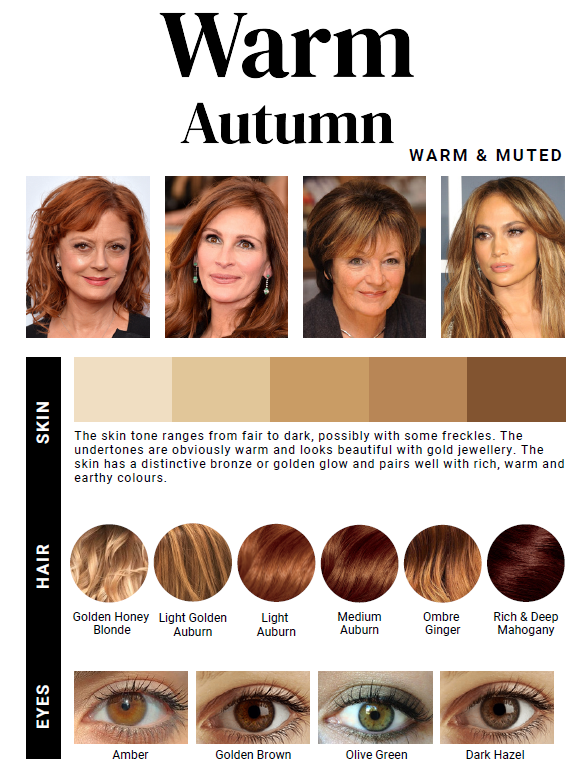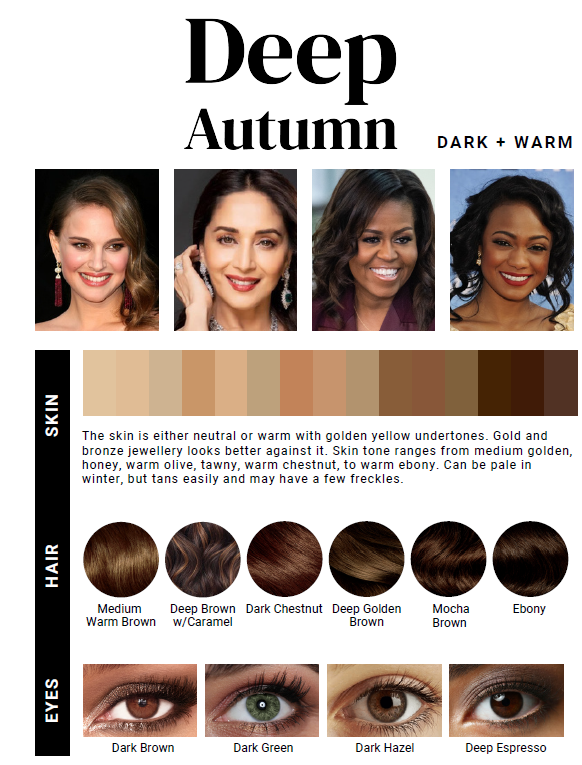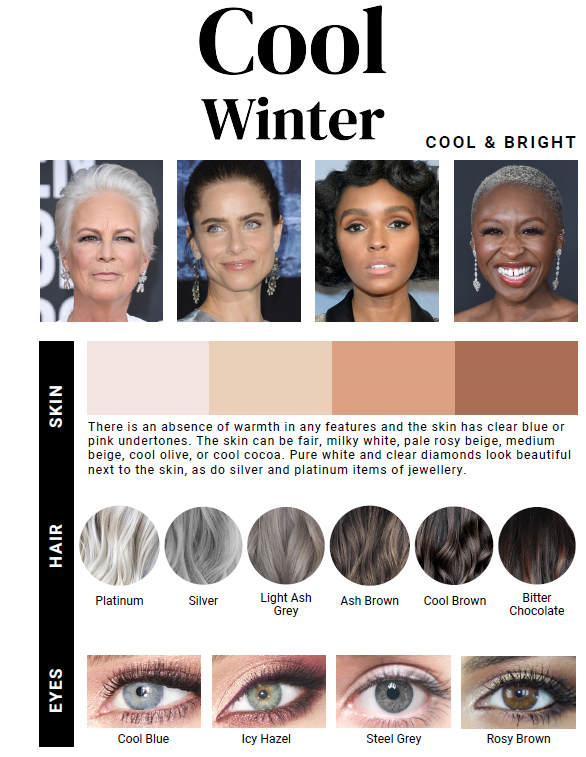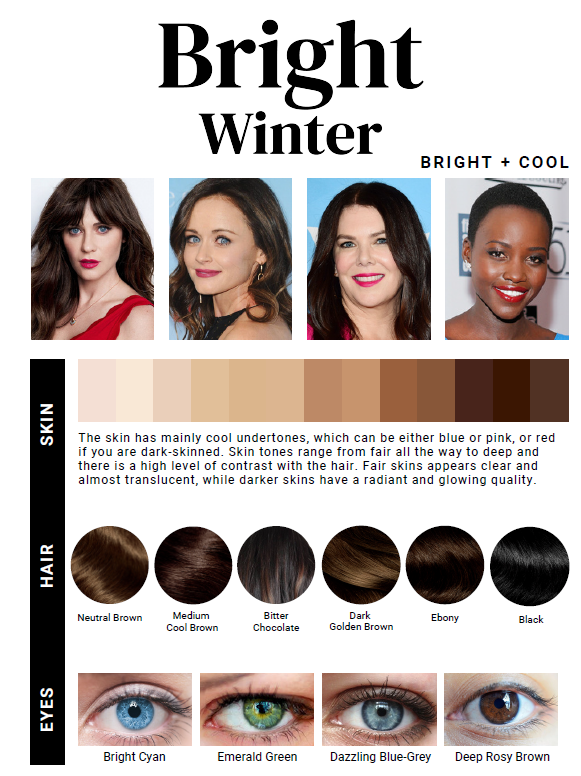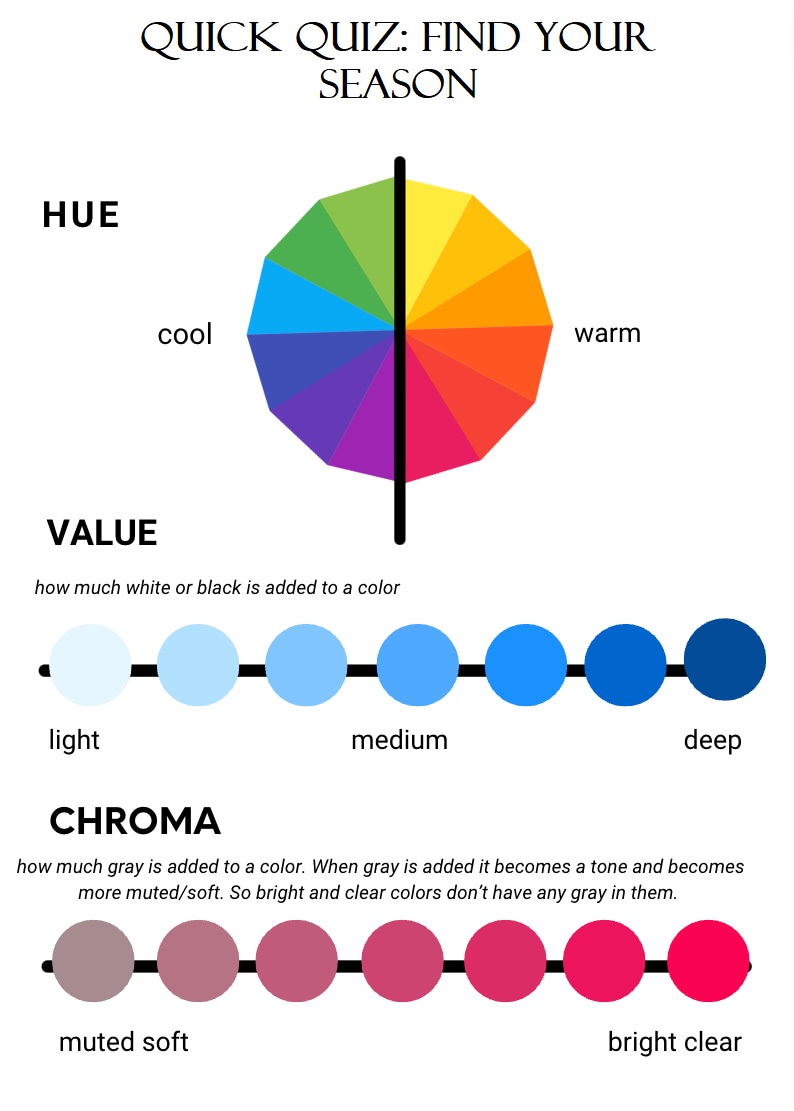Have you ever worn a color that made you look radiant and well-rested—and another that made you seem tired or washed out? That is the power of wearing your best colors, and the 12-seasonal color analysis helps you find them.
The 12-season system is a refined version of seasonal color analysis that categorizes people into one of twelve color "seasons", each with its own ideal palette based on skin undertone, hair color, and eye color.
What Is Seasonal Color Analysis?
Seasonal color analysis identifies which colors harmonize with your natural coloring. It originated with the idea of matching people with palettes inspired by the four seasons—Spring, Summer, Autumn, and Winter.
But people are complex, and the 12-season system refines the original four by adding three subtypes per season, based on dominant traits:
- Light vs. Deep
- Warm vs. Cool
- Soft vs. Bright
The Key Traits: How to Identify Yourself
To find your season, start with your dominant color trait—the most noticeable aspect of your coloring:
-
Are you Warm or Cool?
- Warm: golden/yellow undertones
- Cool: blue/pink undertones
-
Are you Light or Deep?
- Light: low contrast (light hair, eyes, and skin)
- Deep: high contrast (dark features or deep-toned skin)
-
Are you Bright or Soft?
- Bright: clear, vivid contrast
- Soft: muted, blended features
Once you determine your dominant trait, narrow it to two possible seasons and pick based on your secondary traits.
The 12 Seasonal Color Seasons
Spring (Warm & Clear)
- Light Spring – Light skin, hair, and eyes with warm undertones. Peachy pastels and fresh yellows work well.
Summer (Cool & Soft)
- Light Summer – Cool undertone, light hair and eyes. Best in soft pinks, baby blue, and lavender.
Autumn (Warm & Muted)
- Soft Autumn – Soft and warm with a gentle look. Olive, camel, and sage green are ideal.
Winter (Cool & Bold)
- Deep Winter – Dark hair and eyes with cool undertones. Emerald, burgundy, and icy pink suit best.
How to Find Your Season
Try this at home:
- Drape yourself in different colored fabrics (warm vs cool, bright vs muted).
- Observe your face:
- Do your eyes sparkle?
- Does your skin tone even out?
- Do you look awake and fresh?
You can also try a digital color analysis or consult a certified analyst. Many AI-powered apps can suggest your season based on photo input.
Why It Matters
Wearing your seasonal colors can:
- Make your skin look healthier
- Minimize shadows or discoloration
- Enhance natural beauty—without makeup
- Help build a cohesive wardrobe
Quick Quiz: Find Your Season
Answer these and tally up:
- Skin undertone: Yellow/golden (Warm) or Pink/blue (Cool)?
- Overall contrast: Soft and blended (Soft) or Clear and defined (Bright)?
- Coloring depth: Light or Dark/Rich?
Results:
- Warm + Light → Light Spring
- Warm + Deep → Deep Autumn
- Cool + Soft → Soft Summer
- Cool + Bright → Bright Winter
You are more than one color—your season is a guide, not a limitation. Use it to simplify choices, gain confidence, and celebrate your natural beauty.
